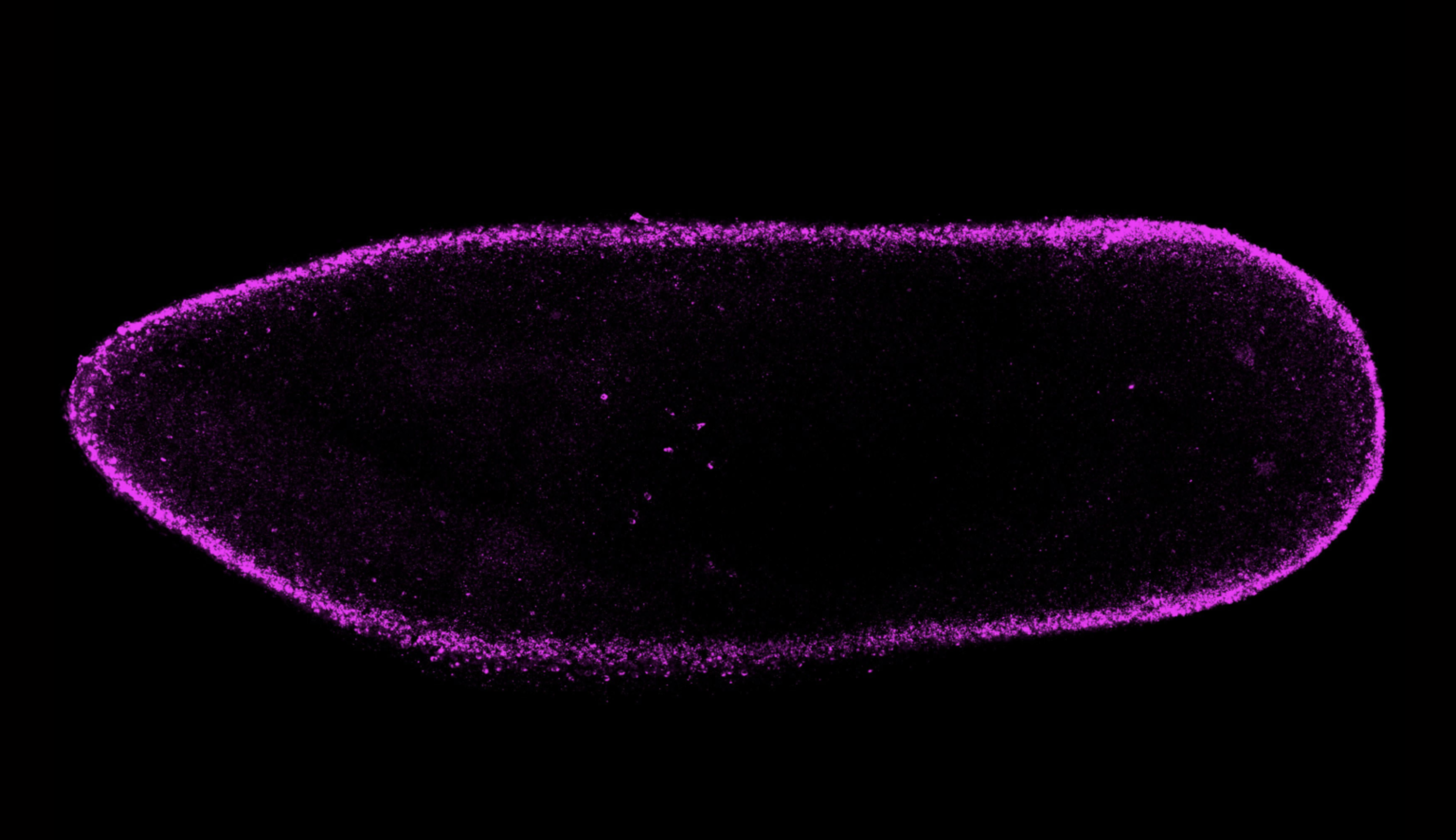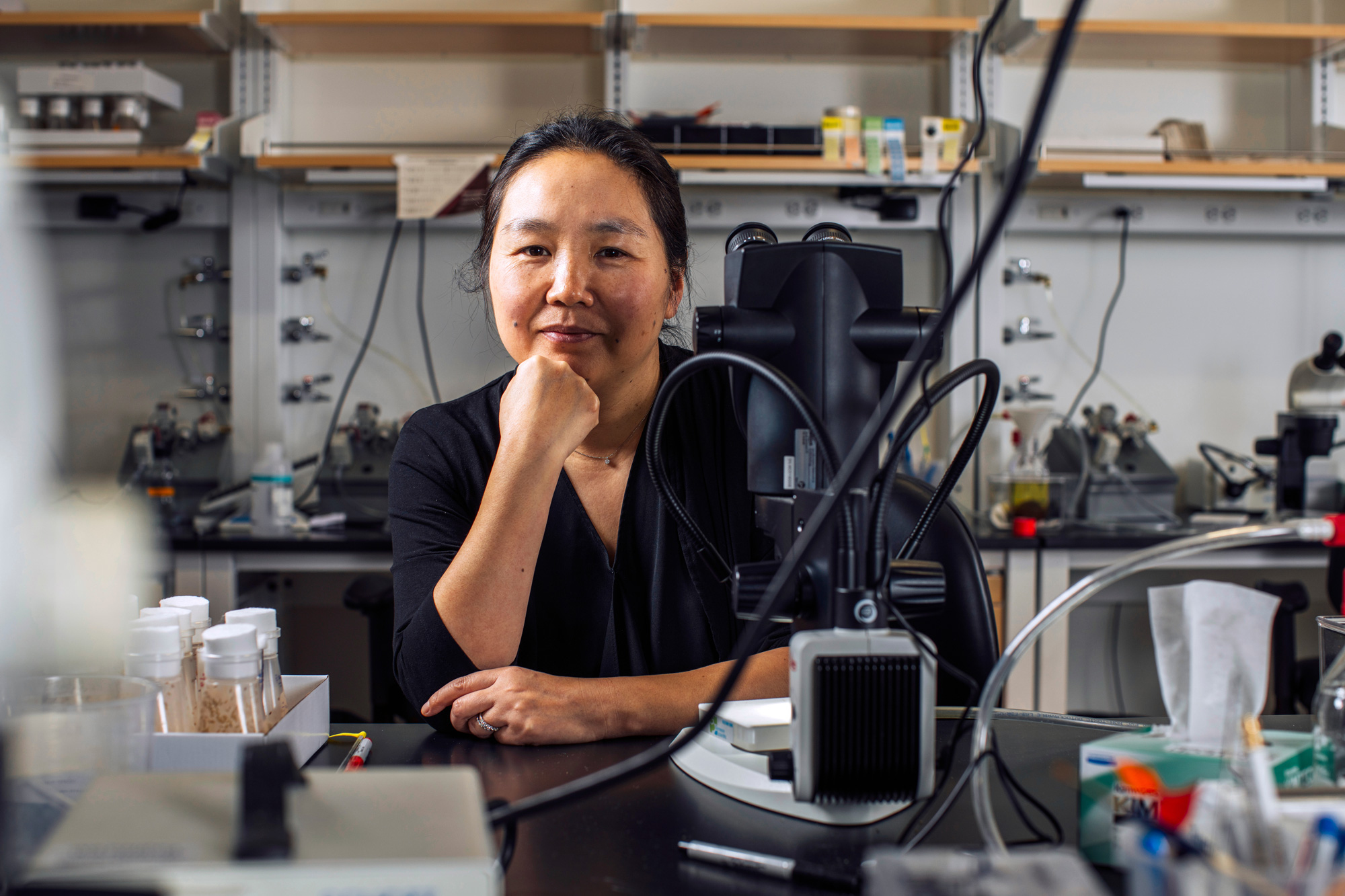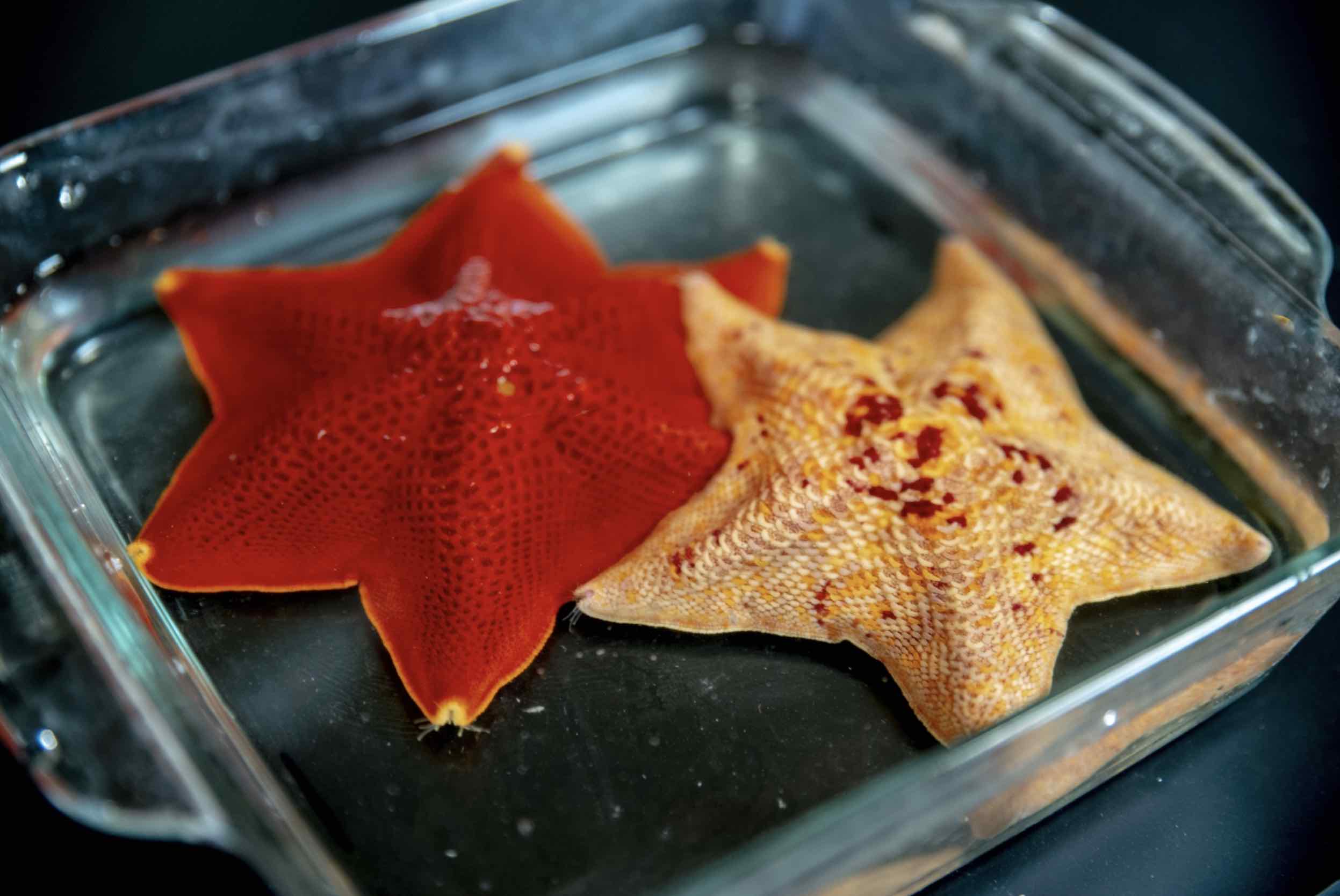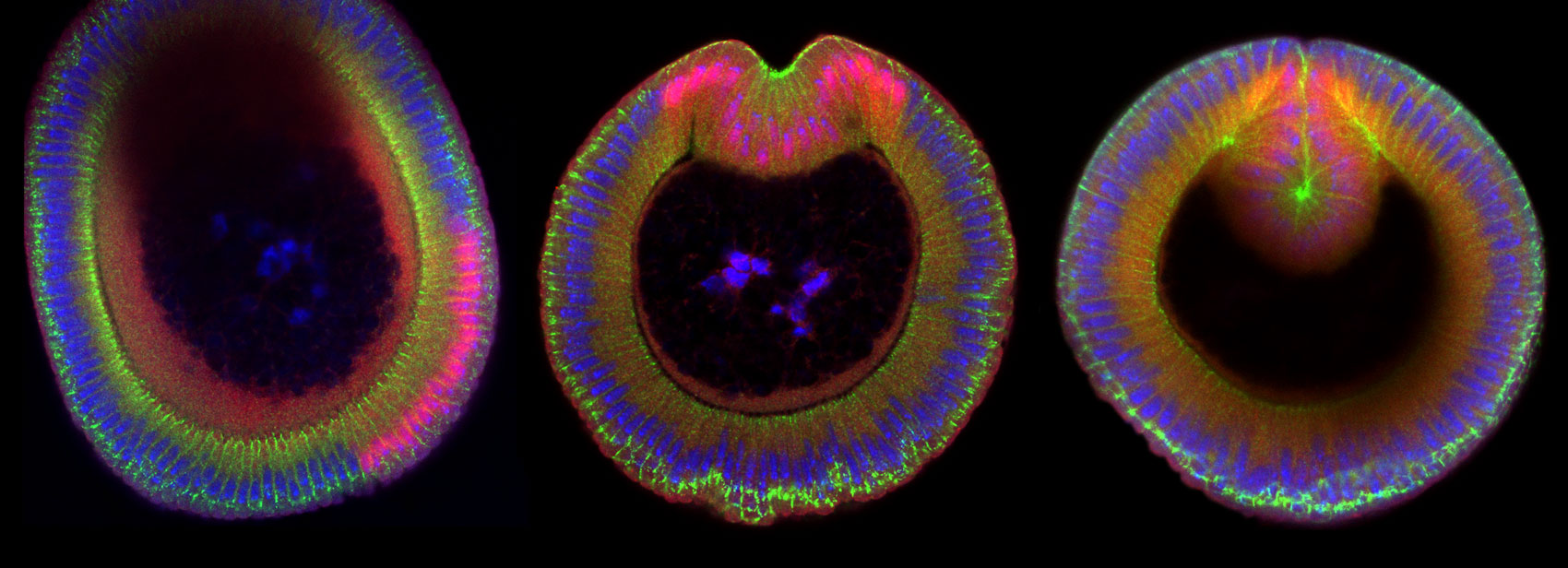
Greta Friar | Whitehead Institute
May 18, 2022
When animals experience a large injury, such as the loss of a limb, the body immediately begins a wound healing response that includes sealing the wound site and repairing local damage. In many animals, including humans, when the local wound site is taken care of, this response ends. However, in some animals, the initial wound response soon transitions into another stage of healing: regeneration, regrowing the parts that were lost.
Whitehead Institute Member Peter Reddien, also a professor of biology at MIT and a Howard Hughes Medical Investigator (HHMI), has long studied a flatworm known as the planarian (Schmidtea mediterranea), capable of regrowing any part of its body, to understand the mechanisms underlying regeneration. New research from staff scientist M. Lucila Scimone, graduate students Jennifer Cloutier and Chloe Maybrun, and Reddien identifies a previously undescribed gene, equinox, as playing a key role in initiating the transition from the initial wound healing stage into the regeneration stage in planarians. The work, published in Nature Communications on May 18, also reveals an important role for the wound epidermis, the skin that grows to cover a wound site, in initiating regeneration. Discovering what enables animals like planarians to regrow lost body parts can inform the field of regenerative medicine, which seeks to understand the limits of wound healing in humans and to improve our capacity for recovery and regeneration.
“The more we understand about the genes and mechanisms that play key roles in regeneration in animals that are capable of it, the better we may understand why humans lack that ability and, perhaps, the feasibility of future approaches to improve human wound healing,” says co-first author Scimone.
The case of the mystery gene
When the researchers began this project, they had no idea that it would lead them to identify a new gene that was crucial for regeneration. They originally set out to learn more about bmp4, a gene they had previously studied. BMP signaling, which includes bmp4, is involved in dorsal-ventral patterning, or the formation of the body around an axis between its top (dorsal) and bottom (ventral) sides. Previously, Reddien had found that bmp4 was necessary for regeneration after injuries to an animal’s side. Using new technologies that had not been around when they first studied the gene, the researchers now found that planarians without bmp4 failed to regenerate after large injuries anywhere on the body. This suggested a much more fundamental role for bmp4 in regeneration than the researchers expected, given that its main function relates to only one body axis. The researchers hypothesized that along with its role in dorsal-ventral patterning, bmp4 might help to activate an unknown gene that played some important, as yet unidentified role in regeneration. Bmp4 would therefore be necessary for regeneration because of its connection to this mystery gene.
The researchers started looking at genes regulated by bmp4 and found a promising candidate. They learned that bmp4 was needed to activate their mystery gene during the initial wound healing response, and that the mystery gene was crucial for wound healing to progress into regeneration after large injuries. When the gene was not activated, the steps that usually follow the initial wound healing response to prepare the body for regeneration would not occur. The wound would heal but the missing parts would never regrow, much like what would happen in a human. The researchers named the mystery gene equinox in honor of its appearance during a key transition period to move the body towards renewal.
“We know of a few genes that, when they are inactivated, the hallmarks of regeneration do not occur,” says co-first author Cloutier. “When equinox is not activated, we see an even more powerful inhibition of regeneration at an early phase. It appears to be required early on to allow for the other steps to proceed.”
Skin gets a starring role
The researchers found that equinox is expressed, or active in, wound epidermis, a skin tissue that is integral to regeneration after large injuries in a number of animals and yet had not been known to play a role in the signaling that initiates regeneration in planarians. After an injury, the wound epidermis covers and protects the wound site. As animals begin regeneration, the wound epidermis facilitates the formation of an outgrowth of cells called a blastema, in which the body produces the cell types it needs to replace the parts lost in the injury. Correspondingly, the researchers found that equinox is needed for regeneration in any injury that requires a blastema—essentially any large external injury where the replacement tissues grow out from the body.
Previously, the Reddien lab had found key genes required for regeneration expressed largely in muscle. Muscle in planarians maintains an active blueprint of the body, a network of positional genes that lets cells and tissues know where they are supposed to be. After an injury requiring regeneration, these positional genes rescale their body map near the wound site and guide new cells in building replacement tissues in the correct places. However, if equinox is not expressed, then the muscle tissue does not rescale its map. The body also fails to ramp up production of planarian stem cells or to begin differentiating stem cells into the cell types that were lost. Together, these findings flesh out the researchers’ understanding of the complete steps needed for regeneration to occur, revealing an early key role for wound epidermis, through its expression of equinox, in the signaling sequence that enables regrowth after an injury.
“There’s a cascade of events in which wound signaling activates, among other genes, equinox; equinox promotes wound-induced gene expression in muscle; and that promotes positional information resetting that can then lead to regeneration,” Reddien says. “What’s exciting about filling in this picture is that we’re identifying the key regulatory logic that can bring about regeneration.”








